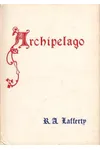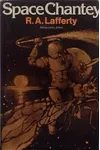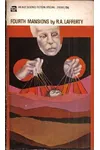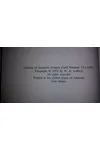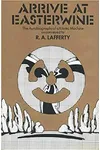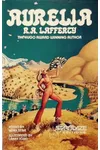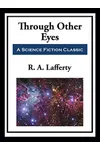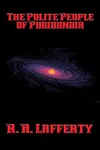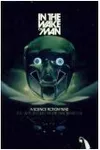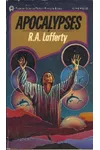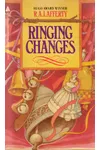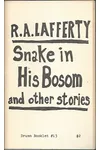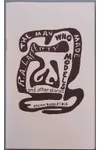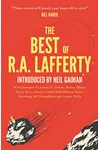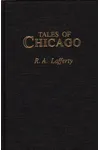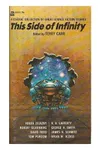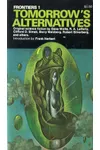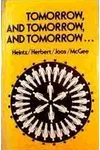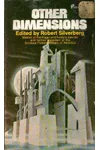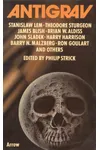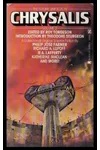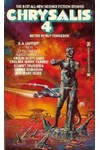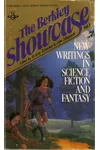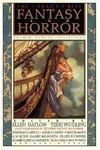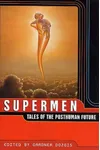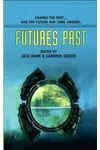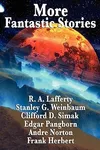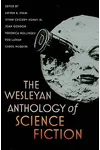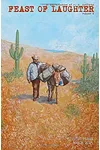Picture an American storyteller who spun tales so wild they could make your head spin—meet R.A. Lafferty! Known for his dazzling science fiction and fantasy, Lafferty brought a unique blend of wit, metaphor, and philosophical depth to works like Nine Hundred Grandmothers and Past Master. His stories, often laced with a playful absurdity, have earned him a cult following and a lasting place in the genre’s heart.
Born in Iowa and raised in Oklahoma, Lafferty didn’t start writing until his 40s, but once he did, he unleashed a torrent of imagination that redefined what science fiction could be. His Catholic faith, love of mythology, and knack for tall tales shaped a voice that’s as distinctive as a Oklahoma thunderstorm.
The Making of R.A. Lafferty
Raphael Aloysius Lafferty was born on November 7, 1914, in Neola, Iowa, to devout Catholic parents. At age four, his family moved to Perry, Oklahoma, where he grew up during the Great Depression. Lafferty worked as an electrical engineer until 1971, dabbling in writing on the side. His first story, 'The Wagons,' appeared in 1959, but it was his science fiction debut, 'Day of the Glacier,' in 1960 that marked his arrival. Inspired by his faith, American folklore, and a love for language, Lafferty’s late start didn’t stop him from crafting over 200 stories and 32 novels.
R.A. Lafferty’s Unforgettable Stories
Lafferty’s work defies easy categorization, blending science fiction, fantasy, and philosophical musings with a folksy, almost oral storytelling style. His short story collection Nine Hundred Grandmothers (1970) is a perfect entry point, featuring 21 tales like the titular story, where a merchant seeks cosmic secrets from an ancient race, only to find a hilariously bizarre truth. Past Master (1968), his first novel, imagines Thomas More time-traveling to a dystopian future, blending satire with deep moral questions. Fourth Mansions (1969) weaves rival conspiracies and Catholic mysticism into a darkly comic tapestry, while Space Chantey (1968) reimagines Homer’s Odyssey as a psychedelic space opera.
His style—rich with metaphors, etymological wit, and a disregard for conventional plotting—earned praise from luminaries like Neil Gaiman, who called him the best short story writer of his time. Lafferty’s stories often explore humanity’s hubris, the alienness of other cultures, and the divine, all delivered with a wink and a chuckle. While his novels sometimes struggled to maintain the brilliance of his short fiction, they remain bold experiments in narrative.
Why R.A. Lafferty Matters
Lafferty’s influence is subtle but profound, inspiring writers like Gaiman and Gene Wolfe with his fearless originality. His work, often out of print, has seen a resurgence thanks to fans and small presses like Centipede Press, which is compiling his complete short fiction. In Japan, his stories remain wildly popular, a testament to their universal strangeness. Lafferty’s 1990 World Fantasy Lifetime Achievement Award and 1973 Hugo for 'Eurema’s Dam' reflect his impact, but his true legacy lies in his ability to make readers laugh, think, and question reality.
- Born: November 7, 1914, Neola, Iowa
- Died: March 18, 2002, Broken Arrow, Oklahoma
- Key Works: Nine Hundred Grandmothers, Past Master, Fourth Mansions, Space Chantey
- Awards: 1973 Hugo Award, 1990 World Fantasy Lifetime Achievement Award
Snag Nine Hundred Grandmothers and dive into R.A. Lafferty’s wonderfully weird world of science fiction and fantasy!



